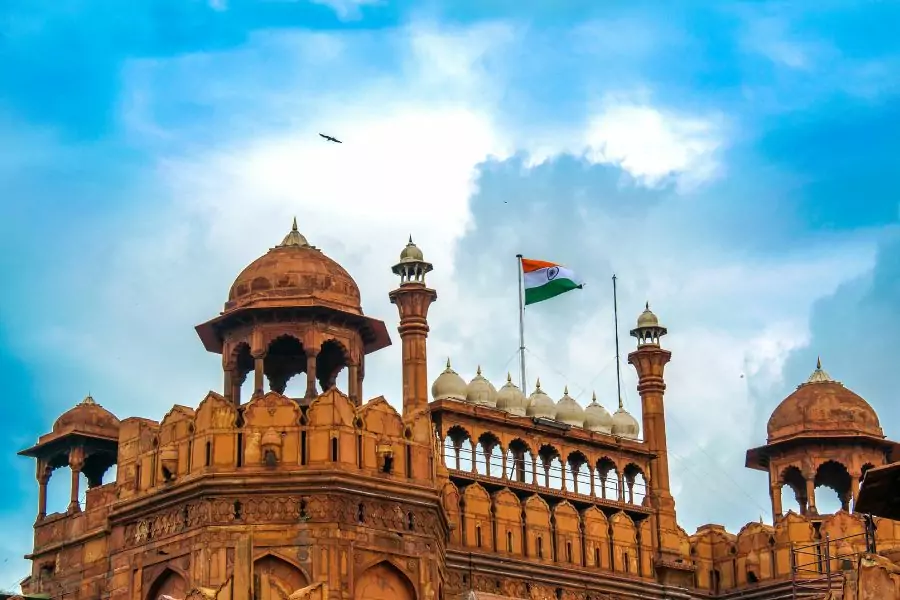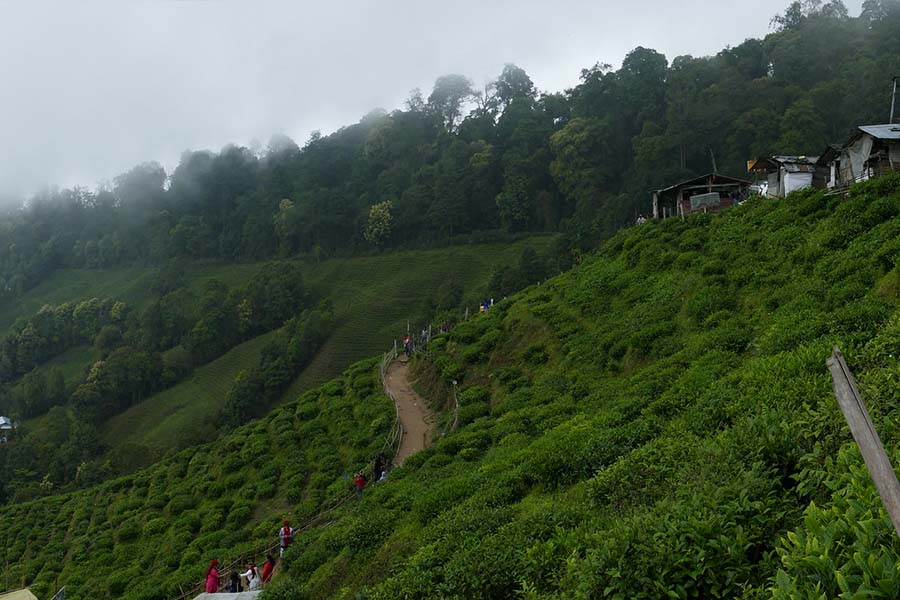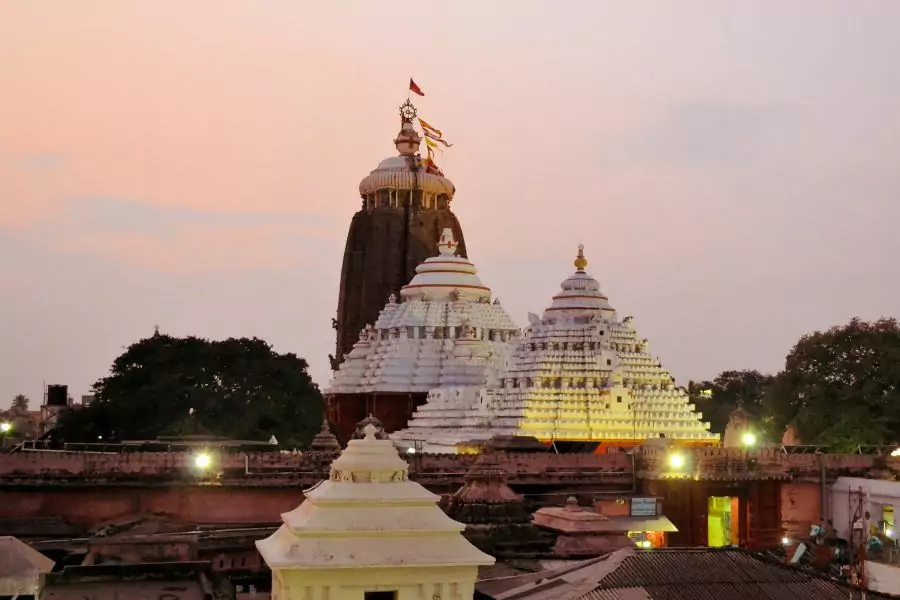Reasons see Jama Masjid – Major Attractions, History, Activities

Jama Masjid stands as one of the most remarkable examples of Islamic architecture in the world. Located in the heart of Old Delhi, this grand mosque is not only a religious sanctuary but also a symbol of historical grandeur. Whether you’re a history enthusiast, an architecture lover, or a spiritual seeker, Jama Masjid offers an enriching experience that combines aesthetic beauty with deep cultural significance.
Overview of Jama Masjid
Jama Masjid, one of India’s largest mosques, reflects the pinnacle of Mughal architectural splendor. Built during the reign of Emperor Shah Jahan, the mosque is an architectural marvel, renowned for its grandiosity and intricate design. Its expansive courtyards and stunning minarets captivate visitors, making it a must-see landmark.
Historical Background
Constructed between 1644 and 1658, Jama Masjid was commissioned by Shah Jahan, the same emperor who built the Taj Mahal. The mosque was a significant project aimed at showcasing the might and elegance of Mughal architecture. Over the centuries, it has witnessed numerous historical events and remains a central place of worship and cultural activity.
Location and Accessibility
Jama Masjid is centrally located in Old Delhi, accessible by various modes of transport. The mosque is well-connected by road and public transport, making it easy for visitors to reach. Nearby landmarks, including Chandni Chowk, enhance the experience with their vibrant markets and historical charm.
Architectural Brilliance of Jama Masjid
Design and Structure
The architectural design of Jama Masjid showcases the grandeur of Mughal style, featuring a massive prayer hall, elegant courtyards, and towering minarets. The mosque’s layout and design reflect a harmonious blend of symmetry and opulence.
Key Architectural Elements
The mosque features three large domes made of marble, complemented by red sandstone walls. The grand entrance is adorned with intricate carvings and a series of arched doorways. The central courtyard is vast, capable of accommodating thousands of worshippers.
Influences and Inspirations
Jama Masjid draws inspiration from earlier Islamic architectural styles while incorporating Mughal elements. The mosque’s design reflects influences from Persian and Central Asian architecture, adapted to the Mughal aesthetic.
Comparison with Other Historic Mosques
Similarities with the Badshahi Mosque
Jama Masjid shares similarities with the Badshahi Mosque in Lahore, another Mughal masterpiece. Both mosques exhibit impressive scale and grandeur, with similar architectural elements such as large courtyards and towering minarets.
Unique Features
What sets Jama Masjid apart is its use of white marble and red sandstone, creating a distinctive contrast. The mosque’s intricate tile work and expansive prayer hall also contribute to its unique appeal.
Religious and Cultural Significance
Role in Islamic Worship
Jama Masjid serves as a major center for Islamic worship and community gatherings. It plays a vital role in the spiritual life of its devotees and hosts significant religious events and prayers.
Major Events and Prayers

The mosque is renowned for its Friday prayers and special events during Islamic festivals. It attracts thousands of worshippers, especially during Ramadan and Eid celebrations.
Spiritual Importance
For many Muslims, Jama Masjid is not just a place of worship but a spiritual haven. Its serene environment and grand architecture enhance the spiritual experience of those who visit.
Cultural Impact
Influence on Local Traditions
Jama Masjid has significantly influenced local cultural practices and traditions. It has become a symbol of religious harmony and cultural heritage in Delhi.
Preservation and Restoration
Efforts to preserve and restore the mosque ensure that it remains a living monument to Mughal architecture. Conservation projects aim to maintain its historical integrity and beauty.
Major Attractions at Jama Masjid
Key Areas of Interest
- The Prayer Hall: Features impressive arches and intricate carvings.
- The Courtyard: A vast open space where worshippers gather.
- The Minarets: Tall towers offering panoramic views of Delhi.
Iconic Artifacts and Decorations
Jama Masjid boasts a range of iconic artifacts, including ancient inscriptions and detailed tile work. The mosque’s interiors are adorned with elaborate decorative elements that enhance its grandeur.
Nearby Attractions

The area around Jama Masjid is rich with other attractions. Explore nearby sites such as the Red Fort and Chandni Chowk to complete your cultural experience.
Visiting Jama Masjid
Best Time to Visit
The best time to visit Jama Masjid is early in the morning or late afternoon. Avoid peak hours during prayer times to fully appreciate the mosque’s beauty and avoid large crowds.
Entry Fees and Timings
There is no entry fee for visiting The Masjid. The mosque is open to visitors throughout the week, with specific prayer times and daily closures for worship.
Guided Tours and Accessibility
Guided tours are available and can provide valuable insights into the mosque’s history and architecture. The mosque is accessible by road, with nearby public transport options for convenience.
Accommodation Options
Various accommodation options are available near Jama Masjid, ranging from budget guesthouses to upscale hotels. Staying close to the mosque allows for easy access and exploration.
Activities and Experiences
Exploring the Mosque Complex
Take time to explore the mosque’s intricate details and grand architecture. Enjoy the tranquil atmosphere and appreciate the craftsmanship of the Mughal era.
Photography Tips
Capture the mosque’s beauty by considering the best lighting conditions. Respect any restrictions on photography inside the mosque and focus on capturing the architectural details and ambiance.
Nearby Activities and Excursions
In addition to visiting The Masjid, explore nearby attractions such as historical monuments and bustling markets. Engage in local sightseeing and cultural experiences to enrich your visit.
Travel Tips
What to Pack
Wear comfortable clothing and modest attire when visiting the mosque. Include essentials such as sunscreen, a hat, and a camera to document your visit.
Safety Precautions
Follow local guidelines and safety precautions while exploring the mosque. Be respectful of worshippers and adhere to any rules set by the mosque authorities.
Local Etiquette
Respect local customs and traditions during your visit. Dress modestly and follow any guidelines provided to ensure a respectful and enjoyable experience.
Conclusion
Jama Masjid stands as a monumental example of Mughal architectural brilliance and spiritual significance. Its grandeur, historical importance, and cultural impact make it a must-visit landmark in Delhi. Whether you’re exploring its intricate details or experiencing its serene ambiance, Jama Masjid offers a profound and enriching visit.
FAQs
What is the history?
Jama Masjid was built between 1644 and 1658 by Emperor Shah Jahan. It is one of the largest mosques in India and a significant example of Mughal architecture.
Are there specific visiting hours for tourists?
Jama Masjid is open to visitors throughout the week, with specific prayer times and closures for worship. It’s best to visit early in the morning or late afternoon.
What should I wear when visiting ?
Dress modestly when visiting the mosque. Women should cover their heads, and both men and women should wear attire that covers their arms and legs.
Can I take photographs inside the mosque?
Photography inside the mosque may be restricted. Check with the mosque authorities for any rules regarding photography to ensure a respectful visit.
Is Jama Masjid accessible for people with disabilities?
The mosque is accessible by road, but its historic architecture may present challenges for those with mobility issues. It’s advisable to check accessibility options in advance.


